Onkvisit S., Shaw J. International Marketing: Analysis and Strategy
Подождите немного. Документ загружается.


BRAND CHARACTERISTICS
A good brand name should possess certain charac-
teristics, and such characteristics are thoroughly
discussed in most advertising and marketing text-
books. In essence, a brand should be short, distinc-
tive, easy to pronounce, and able to suggest product
benefits without negative connotations. In the inter-
national arena, these qualities are also relevant.
In selecting a brand name, a marketer should
first find out whether a brand name has any nega-
tive connotation in the target market. One company
in the business of brand-name selection felt that
Probe was an inappropriate name for Ford’s car,
having an unpleasant gynecological reference. One
reason why Japan’s Daihatsu Motor Co. Ltd. did not
succeed in the USA may have to do with its name.
According to research, many American consumers
thought that the company was Korean, and it was a
negative association.
An international brand name should reflect the
desired product image.Toward this end, consumer
perception should be taken into account. For inst-
ance,worldwide consumers usually perceive French
perfumes to be superior, and French-sounding
names for this kind of product may prove beneficial.
326
BRANDING AND PACKAGING STRATEGIES
Figure 11.7 Wyeth: a
corporate name change
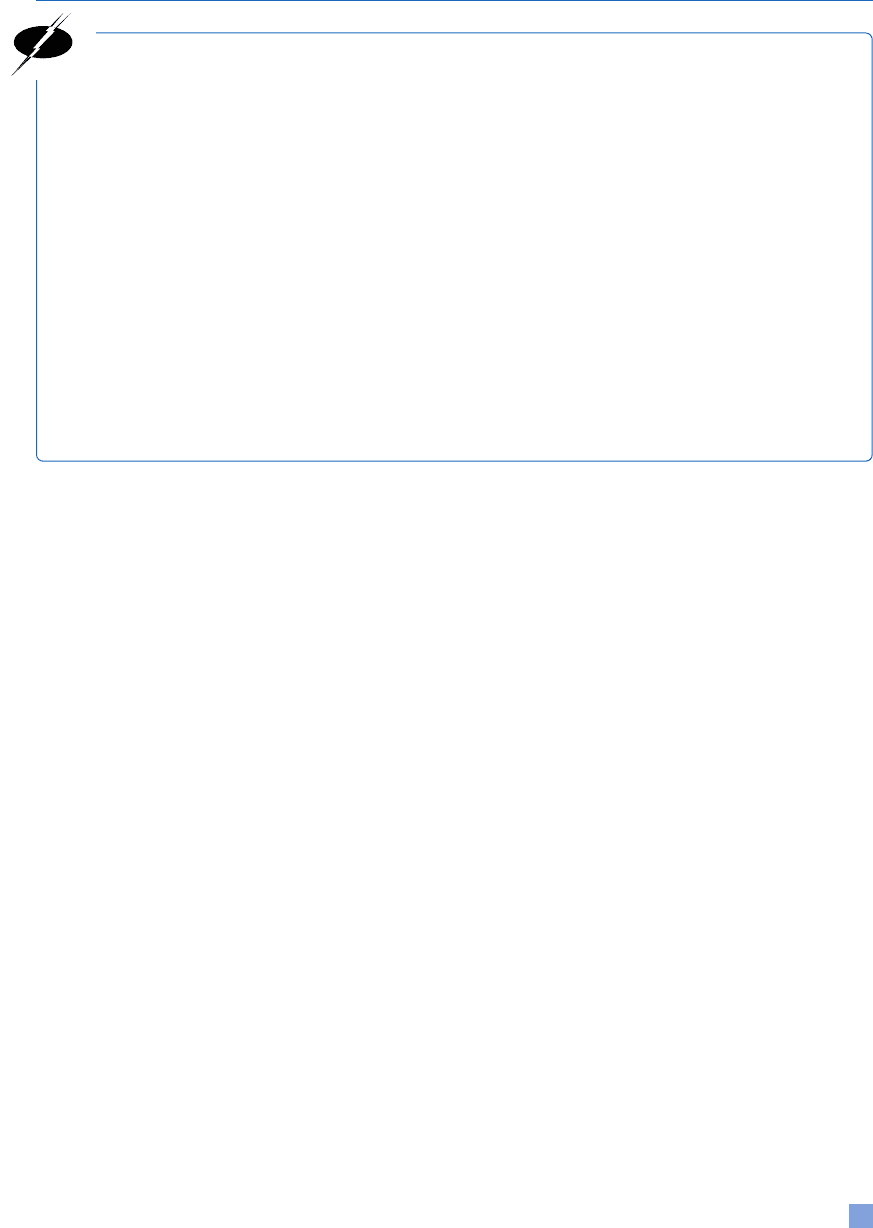
Likewise, good watches are perceived to be made in
Switzerland, toiletries in the USA, machinery and
beers in Germany, and so on. If appropriate, brands
should reflect such images. Russian-sounding names
may be used to position a vodka brand positively.
Smirnoff originated in the Soviet Union but has been
made in the USA for decades – a fact not known by
many Americans.
Marketers may want to consider foreign brand-
ing which is a strategy of pronouncing or spelling a
brand name in a foreign language. Foreign branding,
by triggering cultural stereotypes, may influence
product perceptions and attitudes.As shown in one
experimental study, a brand name’s French pronun-
ciation affects the perceived hedonism of the prod-
ucts as well as attitudes toward the brand name and
the brand. Even with the presence of direct sensory
experience, French branding still changes percep-
tions of a product.
19
One way of creating a desired image is to have a
brand name that is unique or distinctive. Exxon has
this quality. Aprica, a status-symbol stroller, is also
unique in several respects. In choosing the name,
Kenzo Kassai, the company’s owner, wanted some-
thing cute like “apple” for his folding stroller. During
a trip to Italy, he found apri – an appropriate name
for something that opens and closes.As “stroller” in
Japanese is translated as “baby car,” the ca syllable
(for “car”) is a natural ending. In effect, Aprica is a
blend of English, Italian, and Japanese, meaning
“open to the sun.”
A unique name often renders itself to graphic
design possibilities, another desirable feature of
a trademark. Exxon was chosen because of its
distinctiveness, usefulness in work markets, and
graphic design possibilities.After rejecting Hot-Line
and Sound-About for not being appealing, Sony
selected Walkman because of the distinctive logo-
type with two legs sticking out from the bottom of
the letter A in walk.
An international product should have an inter-
national brand name, and this name should be
chosen with the international market in mind.
When possible, the name should suggest significant
benefits. Although Emery Air Freight ships every-
thing large and small anywhere in the world, its
name gave no indication of this advantage.To over-
come a secretary’s fear of shipping a letter to foreign
countries with a carrier specializing in freight, the
corporate name was changed to Emery Worldwide.
Not wanting the trademark to be closely identified
with USA, US Rubber adopted Uniroyal to reflect
1111
2
3
4
5
6
7
8
9
10111
1
2
3
4
5
6
7
8
9
20111
1
2
3
4
5
6
7
8
9
30
1
2
3
4
5
6
7
8
9
40
41
42
43
44
45111
327
BRANDING AND PACKAGING STRATEGIES
Unilever PLC, the Anglo-Dutch consumer goods giant,
has a bulging brand portfolio, and it wants to get rid
of 1800 marginal brands so that it can focus on some
400 top brands (e.g., Lipton tea and Calvin Klein
fragrances). Its Persil laundry detergent in Britain is
called Omo elsewhere. Another interesting case is
its household cleanser sold in sixty countries. The
company uses either Jif or Cif, depending on ease of
pronunciation in a local language. Thus it was
launched as Jif in England in 1974, and Malaysia and
Australia also got Jif. But in France and thirty-eight
other countries, it is Cif. To add to the complexity,
the brand was called Vim in Canada, Viss in Germany
(for trademark reasons), and Vif in multilingual
Switzerland. Neither Jif nor Cif is sold in the USA
where Procter & Gamble markets Jif peanut butter.
To simplify its brand names sold in various countries,
Unilever has changed the name of Jif to Cif in the UK,
even though Jif was the company’s best-selling house-
hold cleanser there. Interestingly, the two names have
traded places before. In 1998, both Jif in Greece and
Vif in Switzerland became Cif – without much trouble.
The company did not anticipate much problem in
England either. The British focus groups were unim-
pressed by the name change; they neither loved nor
hated the new name.
Source:
“Unilever Renames Cleanser to Simplify Brand,”
Asian Wall Street Journal
, December 28, 2000.
MARKETING STRATEGY 11.1 JIF VS. CIF
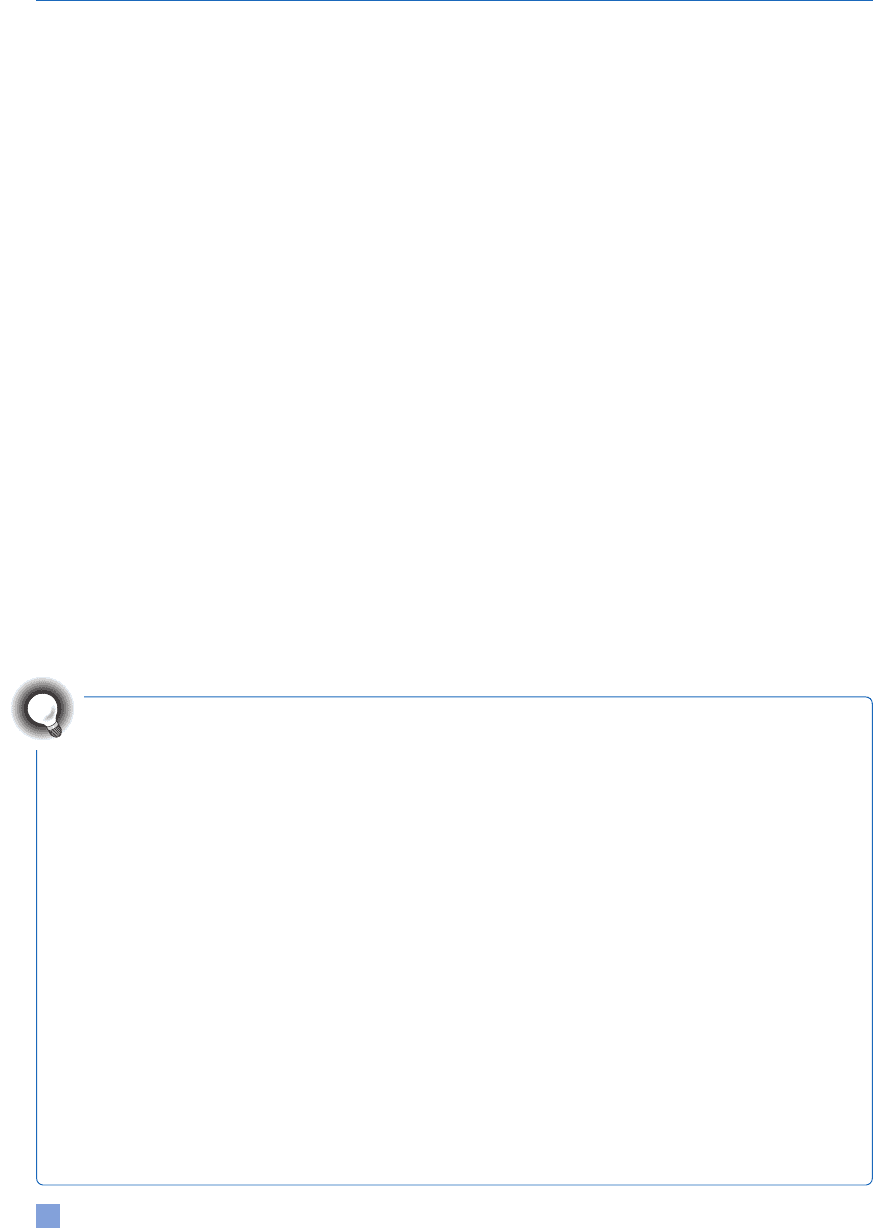
its diverse businesses around the world.The former
French-born chairman of Revlon viewed Amoresse
as unsuitable for a fragrance for the international
audience; consequently, the name was changed to
Jontue.
One way of making a brand name more inter-
national is by paying special attention to pronunci-
ation. Many languages do not have all the alphabet
characters, and the English language is no excep-
tion. The Spanish alphabet does not include the
letter w, and the Italian language has no j, k, w, or
y. Exhibit 11.2 examines the vowels and consonants
that pose pronunciation problems to the Chinese.
Stenographers can easily see why many American
words are misunderstood overseas because short-
hand notations are based on how a word is pro-
nounced and not on the way it is spelled. In general,
any prefix, suffix, or word containing such letters as
ph, gh, ch, and sh invites difficulty. Phoenix sewing
machines provide a good example – it is inconceiv-
able to many foreign consumers how the brand can
be pronounced fe-nix and not pe-nix or fo-nix. It is
difficult to understand why the o and not the e is
silent in this case.Also, if the o is silent, why should
it be in there in the first place? By the same token,
people in many countries do not make any distinc-
tion, as far as pronunciation is concerned, between
the following pairs: v and w; z and s; c and z; and
ch and sh. A similar lack of distinction often exists
with the trio of j, g, and y. The letter c in English
words can be confusing because it can be pro-
nounced like an s, as in the words audience and fra-
grance, or like a k, as in the words cat and cost.The
letter y also poses some problems because it can
sound like an a at one time and an i at another.
Consider the hair product Brylcream. Foreign con-
sumers may think that the e is silent and that the y
should sound like a long i.A simple test could have
easily revealed any pronunciation difficulties. Figure
11.8 shows how Hoechst tried to overcome the pro-
nunciation difficulty while producing a promotional
message at the same time.
Finally, the legal aspect of branding definitely
cannot be overlooked. A name that is similar to
other firms’ trademarks should be avoided.Toyota’s
Lexus was sued in 1988 by Lexis, which is Mead
328
BRANDING AND PACKAGING STRATEGIES
There are four Romanized Chinese consonants which
cause pronunciation problems. Here is a guide to
pronouncing them accurately:
■
c
equals the
ts
of
ts
ar or i
ts
; thus “cai” (finance)
sounds like “tsai”
■
q
equals the
ch
of
Ch
ina or
ch
ile; thus
Qin
(a
Dynasty) sounds like
chin
■
x
equals the
sh
of
sh
ine or
sh
eet; thus xi (west)
sounds like
shee
■
zh
equals the
j
of
J
im or
j
ig; thus Zhang (a
surname) sounds like Jang
Chinese vowels are broader and longer than American
vowels, otherwise they are very close in pronunciation,
except for the Chinese
e
as in the names Hebei and
Henan.The Chinese
e
is somewhat like the
o
of
other
.
Unless otherwise indicated, two Chinese vowels
placed next to one another are pronounced as one
sound, i.e. as a dipthong. The sister state of Illinois,
Liaoning, is a two syllable word –
lyao-ning
.
Chinese surnames come first. The given names
are not hyphenated in modern Chinese. Thus Huan
Zhirong (the Chinese consul general) should be
addressed as Mr. Huang.
Sometimes, Chinese, especially those from Beijing,
have a tendency to add an
r
sound at the end of
certain words. Don’t be confused by it. It is analogous
to a Harvard
r
.
Source:
US Department of Commerce.
EXHIBIT 11.2 “A BRIEF GUIDE TO A PRONUNCIATION OF
ROMANIZED CHINESE”

1111
2
3
4
5
6
7
8
9
10111
1
2
3
4
5
6
7
8
9
20111
1
2
3
4
5
6
7
8
9
30
1
2
3
4
5
6
7
8
9
40
41
42
43
44
45111
Figure 11.8 Overcoming a pronunciation difficulty
Source:
Reprinted with permission of Hoechst Celanese Corporation
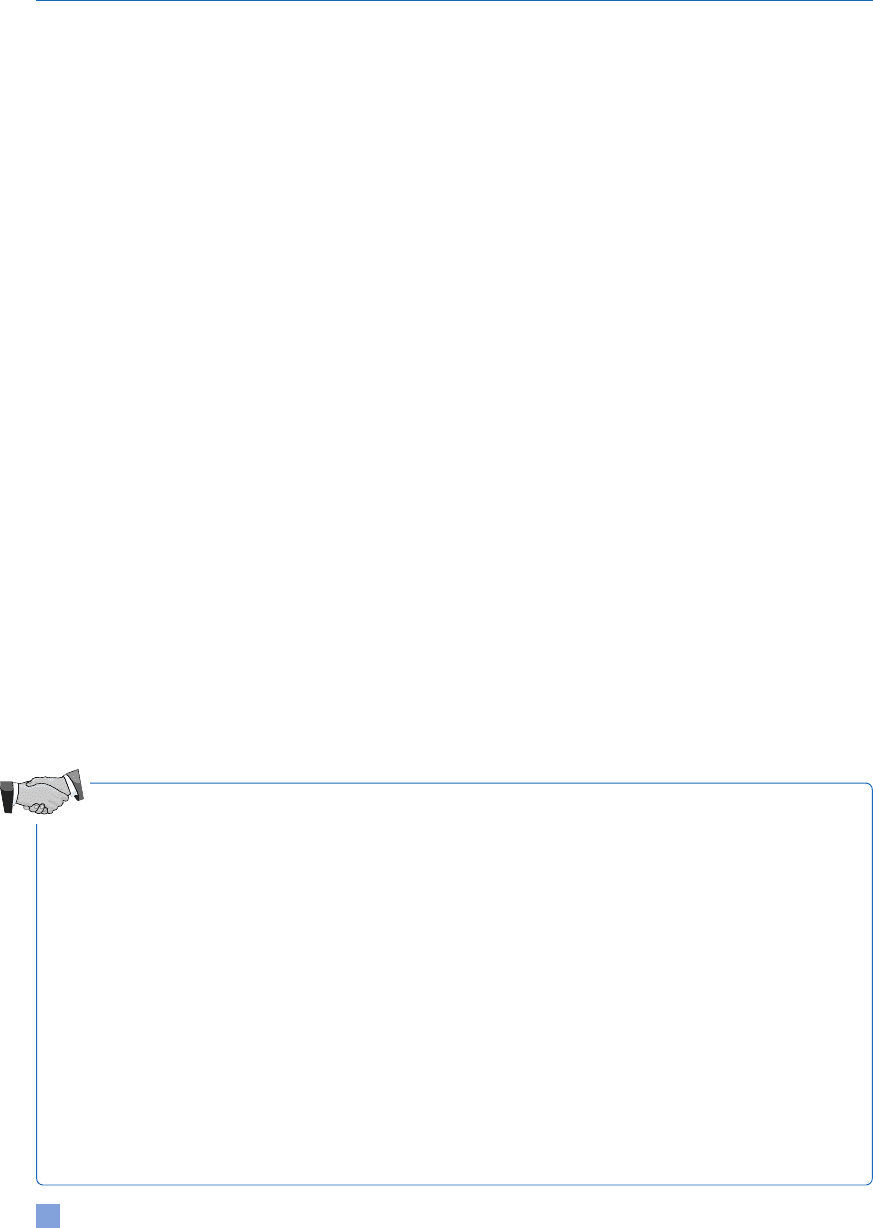
Data Central Inc.’s information retrieval service.
Lexus was originally prevented from using the name
nationally in the USA until it won a decision from
an appeals court. Likewise, Altima Systems Inc., a
California computer business, wanted to stop
Nissan from also using the name before finally
reaching a confidential agreement in 1992. Directed
Electronics Inc., another California automobile
security company, owns the name “Viper”for its line
of automobile security alarm systems. A legal chal-
lenge followed when Chrysler started using the
name for its Dodge car. Both sides reached an out-
of-court settlement in 1992, agreeing to coexist.
BRAND PROTECTION
The job of branding cannot be considered done just
because a name has been chosen. The brand must
also be protected (see Marketing Ethics 11.1 and It’s
the Law 11.1).The first protective step is to obtain
trademark registration (see It’s the Law 11.2).
Because of the cost involved, it may be neither prac-
tical nor desirable to register the name in all coun-
tries, especially in places where demand seems
weak. It is inexcusable, however, not to do so
in major markets. Even Queen Elizabeth II has
registered her two private homes (Sandringham in
Norfolk and Balmoral Castle in Scotland) as trade-
marks so that she can sell her own merchandise
under the brand names of Sandringham and
Balmoral.The names have been registered with the
British Trade Marks Registry and represent the first
time the Queen has exploited the names of her
houses for commercial purposes.
20
There are international arrangements that sim-
plify the registration process. The Paris Conven-
tion (International Convention for the
Protection of Industrial Property) is the
most significant multilateral agreement on trade-
mark rights because it establishes reciprocity, which
allows a foreign trademark owner to obtain the
same protection in other convention member coun-
tries as in the owner’s home country.Although pre-
venting discrimination against non-nationals, the
degree of protection varies with individual national
laws. In the case of the Madrid Convention,
nationals of the participating countries can have
simultaneous trademark filing among all member
countries. The Trademark Registration Treaty
(TRT) allows a company to file for trademark
protection with the International Bureau of the
World Intellectual Property Organization (WIPO)
without being required, as in the case of the Madrid
Agreement, to have a prior home registration.
330
BRANDING AND PACKAGING STRATEGIES
Starbucks Corp. is known for its round green logo, and
the logo has the words “Starbucks Coffee” in block
white letters against a green background. Starbucks
filed a temporary injunction against Doutor Coffee, a
Japanese competitor, claiming that consumers were
confused by a similar logo. Doutor uses an oval-
shaped green logo and signage for its Excelsior Café
chain, and the logo also uses block white letters that
say Excelsior Café Espresso against a green back-
ground. While Starbucks has a picture of a goddess
(Seiren) in white against a black background,
Excelsior Café has a red, white, and green picture of
a steaming cup of coffee in the middle of its logo,
against a black background.
HaidaBucks Café is a modest diner in the remote
islands off frigid Canadian coasts. The last thing it
expected was to receive a letter from Starbucks
threatening a lawsuit. Starbucks alleged that the
eatery’s name posed a challenge to its trademark.
While Starbucks found the word “Haida” to be
acceptable, it claimed that “Bucks” is a clear associ-
ation with its trademark. Bucks refers to young men
in the culture of First Nations, and one of the diner’s
owners is a member of Haida First Nation.
Source:
“Starbucks Warns Diner Over Name,”
San José
Mercury News
, April 17, 2003.
MARKETING ETHICS 11.1 THE “BUCKS” STOP HERE
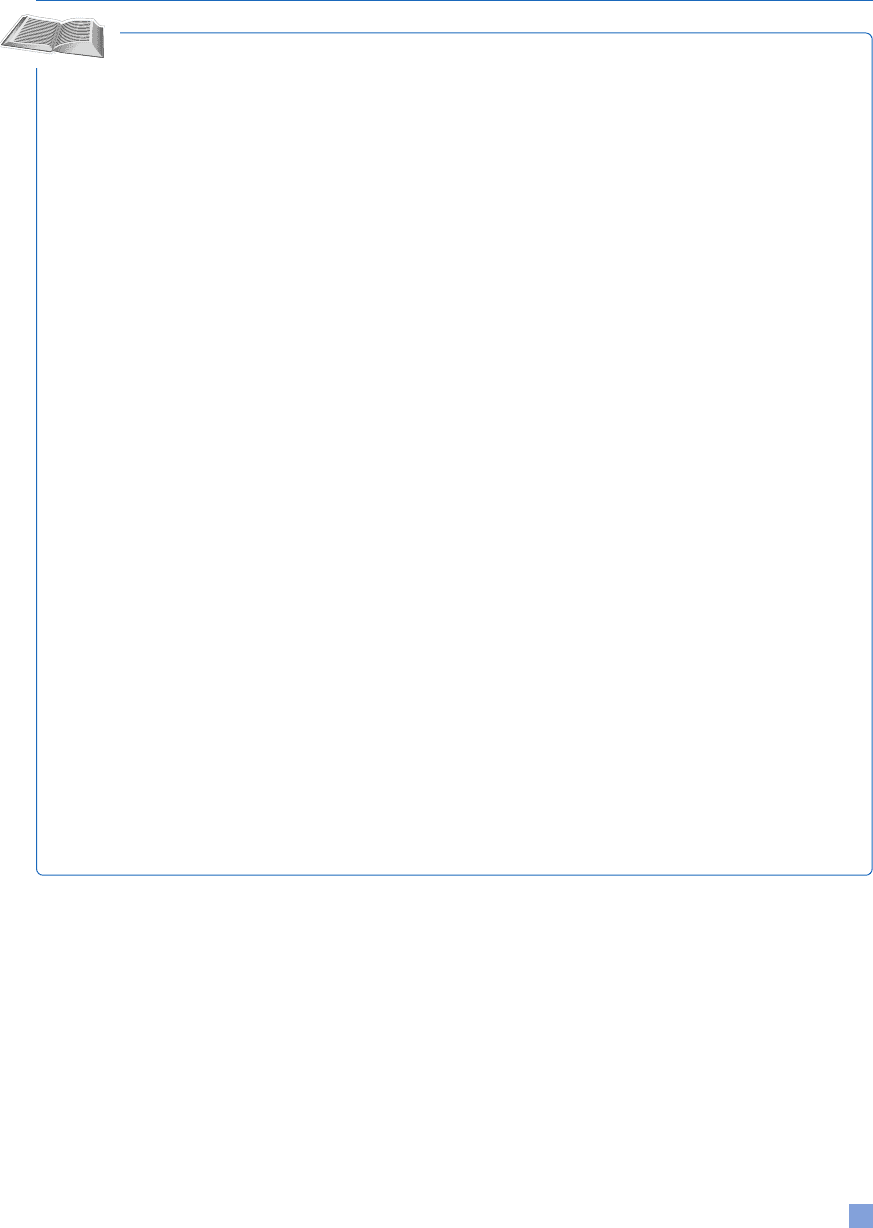
Other treaties include the Central American
Arrangement and the African Intellectual
Property Organization (OAPI).The Arrange-
ment of Nice [France] Concerning the
International Classification of Goods and
Services to Which Trade Marks Apply is the
most widely used trademark classification system.
Adopted by the USA and some sixty countries, the
system has thirty-four product and seven service
categories.
The USA has two registers. The Principal
Register provides federal protection, a benefit not
provided for by the Supplemental Register.A trade-
mark owner who is unable to place a mark on the
Principal Register may be able to do so later when
the mark has acquired distinctiveness over the years.
The Supplemental Register is still useful for US
marketers who must obtain registration in the home
country before becoming eligible to do the same in
host countries.
1111
2
3
4
5
6
7
8
9
10111
1
2
3
4
5
6
7
8
9
20111
1
2
3
4
5
6
7
8
9
30
1
2
3
4
5
6
7
8
9
40
41
42
43
44
45111
331
BRANDING AND PACKAGING STRATEGIES
Apple Corps Ltd. started out as Apple Records in the
mid-1960s. The company was formed by the Beatles
to distribute their music, and the trademark was reg-
istered in nearly all countries where the Beatles’ music
was sold.
Steve Jobs and Steve Wozniak formed Apple
Computer in 1977. The founders chose the Apple
name because they wanted their company to be listed
ahead of rival Atari Corp.in the telephone book. Apple
Computer’s logo is a multicolored apple with a bite
taken out of it. Apple Records, on the other hand, has
a logo which is a shot of the exterior of a green apple
and the inside of an apple sliced in half.
Apple Corps asserted its right to the trademark
and wanted to collect royalties on Apple Computer’s
computer sales. The lengthy negotiations led to an
agreement in 1981. Apple Computer agreed to pay an
undisclosed sum for the right to use the Apple name
on apparel, personal computers and related equip-
ment “that didn’t synthesize or reproduce music.”
The legal problem resurfaced in 1984 when the
Macintosh computer was introduced because the
Mac had a semiconductor chip that made it possible
for the machine to record and synthesize sound. In
1988, Apple Corps claimed that the Macs were
musical instruments and demanded royalties from
Apple Computer.
Apple Computer counterattacked by filing legal
actions in many countries to have Apple Corps’ trade-
mark cancelled or declared invalid based on the time
that has elapsed since the breakup of the Beatles.
Apple Corps, however, was able to obtain an injunc-
tion from the British court to stop Apple Computer
challenging the validity of Apple Corps’ trademark
country by country. According to Apple Corps’ argu-
ment, the 1981 settlement required the computer
firm to respect the validity of the Beatles’ trademark
in other countries and to recognize British law as
the ultimate authority on the matter. Apple Corps
wanted tens of millions of dollars in royalties, inter-
est, and legal fees. While continuing its legal fight,
Apple Computer wrote off $38 million in 1991 as
a reserve for a lawsuit against it by Apple Corps.
Later, the two companies signed an agreement which
specified the rights each would have to use the Apple
trademark.
Now that Apple Computer has got into the music
business in a big way with its iTunes Music Store and
iPod music player, Apple Corps is back to sue for
another trademark infringement. Apple Computer
issued a written statement:“Unfortunately, Apple and
Apple Corps now have differing interpretations of this
agreement and will need to ask a court to resolve this
dispute.”
Sources:
“You Say It’s Your Trademark,”
San José Mercury
News
, October 27, 1990; “Apple Against Apple,”
San José
Mercury News
, February 23, 1989; “Let It Be? Not on Your
Life,”
Business Week
, August 5, 1991, 31; “The Long and
Winding Trademark Dispute,”
San José Mercury News
,
September 13, 2003.
IT’S THE LAW 11.1 YOUR APPLE OR MINE?
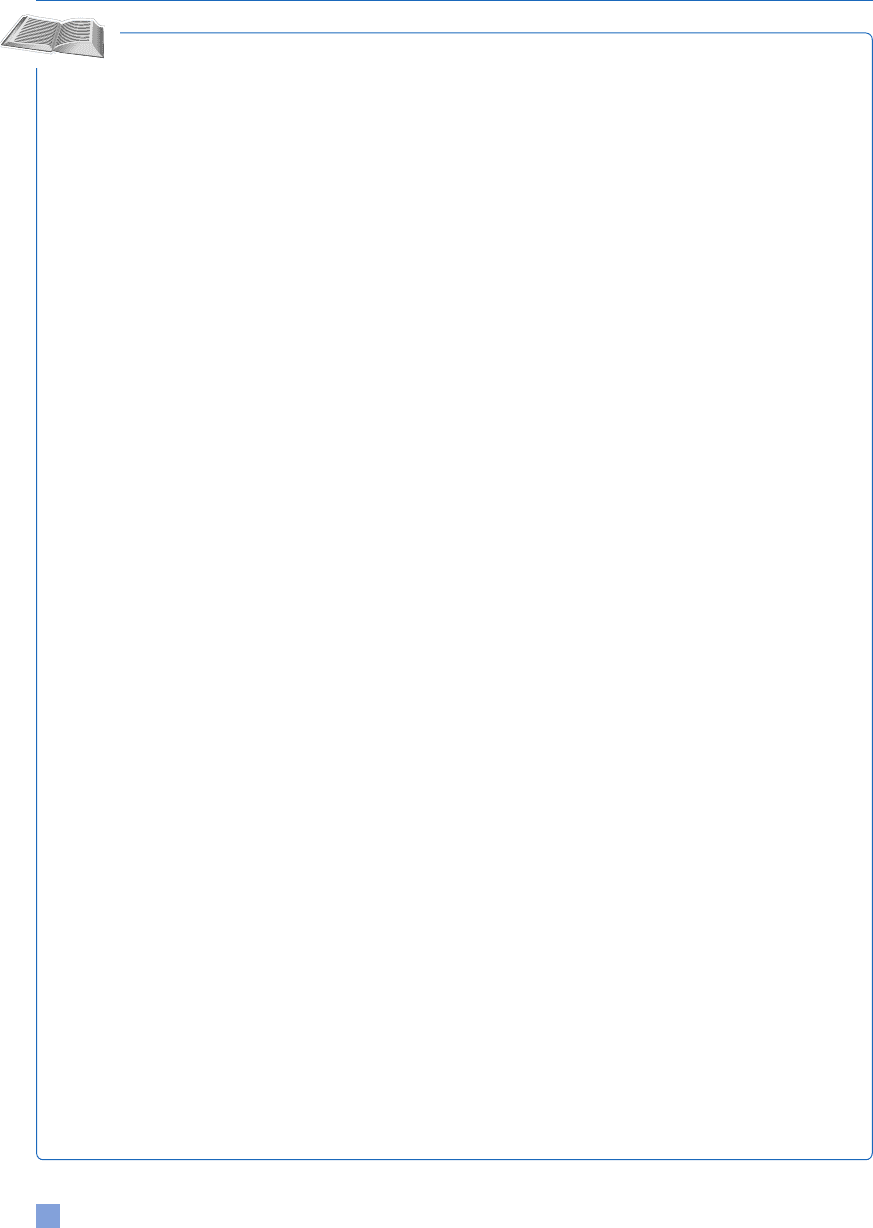
332
BRANDING AND PACKAGING STRATEGIES
Practically anyone can file for and own a registered
trademark for almost every good or service imagin-
able. A registered trademark provides public notice as
to the origin and source of a product or service and
establishes a property interest.
Costs
Costs for filing a single class trademark application
vary, but usually range from $800 to $2,000 for a
smooth filing with few obstacles to publication and
registration. To minimize your costs, bear in mind
the range of products or services you wish to use the
trademark with and a good idea of what you want
the trademark to look like. In addition, if there is
a design element to your mark, have the image on a
transferable medium, such as a disk.
Most important to cutting costs is to have some
idea whether you are the only user of the proposed
trademark. In fact, the most common but easily avoid-
able legal obstacle is when someone else has previ-
ously filed for, or holds, a registration to the same
mark as yours for the same or similar goods or ser-
vices. To aid your attorney, you can easily conduct
what is called a “common law” search by searching
the US Patent and Trademark Office (USPTO) online
trademark database (www.uspro.gov), surfing the
Internet, checking phone books, trade journals and
other product listings, such as the
Thomas Register
.
Filing process
The trademark application process begins by filing
with the appropriate government authority. The
process is called “prosecuting a trademark” and
entails communication between the trademark author-
ity and your representatives. Following the filing, the
application is reviewed by an examiner.Once the exam-
iner finds that the application has no defects, or all
defects have been properly addressed, the application
is passed for publication. It is rare for a trademark
application to have no defects. If detects are found, the
examiner issues an official report or “action to the
attorney of record”detailing the defects and statutory
deadline for response. In many countries, an examiner
is obligated by law to issue at least two actions before
making a rejection final. When the corrective actions
are not sufficient and the rejection by the examiner is
made final, only an appeal will get the mark reviewed
again.
However, if all defects are resolved, the application
is passed for publication, which may take several
months. Depending on the country, the mark is pub-
lished in the official trademark reporter or a time
period allowed for the public to submit comments. If
comments concerning your mark are received, they
will be considered before the mark can continue. If
the mark passes publication unscathed, it will move
on to registration.
Once registered, the mark can be safely marked as
registered by using the registration symbol or the ®
as a superscript to your mark.This demarcation gives
notice to the world that you are rightfully using the
word, phrase or design as a lawful trademark for the
goods or services to which it is attached.
Maintenance of trademark
Continued maintenance of your trademark registra-
tion is an important responsibility of trademark own-
ership. Careful attention should be paid to deadlines
for such filings, since the dates differ from jurisdiction
to jurisdiction. Many businesses not only maintain
the registration of their trademarks in use, but also
actively protect their marks from improper use by
other entities.These trademark owners do so by hiring
law firms or “trademark watch” firms to ensure that
no one except authorized users is using their trade-
marks in conjunction with certain goods and services.
Source:
Jaylene M. Sarracino, “Small Business Primer
to Filing for Trademarks in a Foreign Country,”
Export
America
, March 2001, 16–17.
IT’S THE LAW 11.2 TRADEMARK REGISTRATION
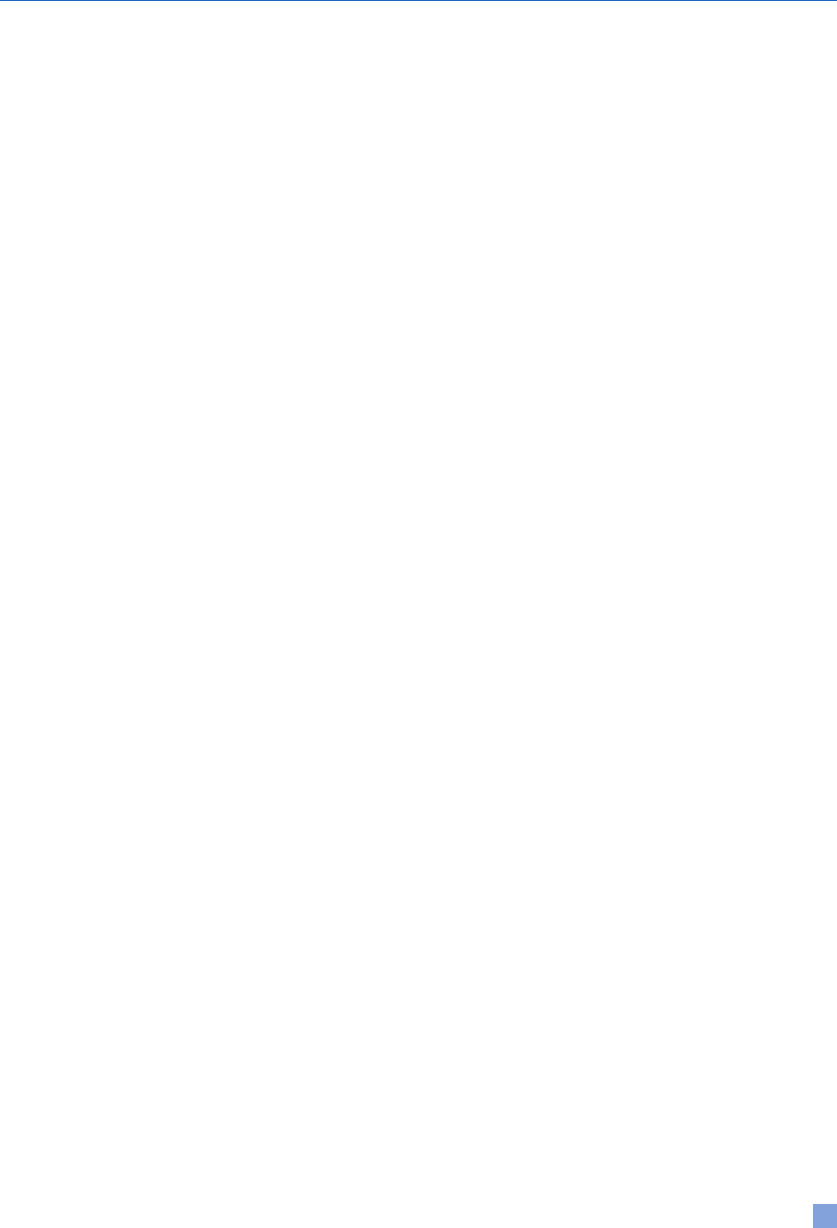
The courts have developed a hierarchy of regis-
tration eligibility. Moving from highly protectable
to unprotectable, these categories are: fanciful
(Kodak), arbitrary (Camel), suggestive (Eveready),
descriptive (Ivory), and generic (aspirin). In
general, for a trademark to be eligible for registra-
tion, it must be “distinctive” or, if not, must be
“capable of being distinctive.”
A fanciful mark is a term coined solely for the
purpose of identifying a particular product. An
arbitrary mark is an ordinary word that is used
on a product in a totally nondescriptive way.A sug-
gestive mark subtly indicates something about
a product, and consumers must thus use their
imagination to understand that the mark represents
a product’s characteristic. A descriptive mark,
in contrast, immediately conveys, without requir-
ing use of imagination, a product’s characteristic,
quality or feature. Interestingly, pharmaceutical
companies are quite good at creating fanciful marks.
Based on the total cost of direct-to-consumer adver-
tising, the top ten are: Nexium, Vioxx, Celebrex,
Viagra,Allegra,Advair Diskus, Zocor, Paxil, Zoloft,
and Zyrtec.
Although a valid brand name can suggest or
imply a product’s benefits, it cannot merely describe
the fact or the product. A suggestive mark is regis-
trable, but a descriptive name is not legally accept-
able unless it has acquired distinctiveness through
long-continued exclusive use. Even if the descrip-
tive mark might somehow have been registered, the
mark can still be cancelled for lack of distinctive-
ness. Of course, it is not always easy to distinguish
a suggestive mark from a descriptive mark.
Weedless, as a lawn-care product, may be either
suggestive or descriptive.
A generic term merely identifies the product
rather than the maker of that product. As such, it
receives no protection and cannot function as a
trademark. Labatt, a Canadian brewer, attempted to
win US trademark protection for the name “ice
beer” by claiming that it invented the manufactur-
ing process. Anheuser-Busch Cos. sued and was
awarded $5 million in punitive damages when a St.
Louis jury ruled that ice beer was not a trademark.
The policy of the US government is to contest
applications for generic trademarks abroad (e.g.,
Wash-and-Wear, or such foreign variants as Lava y
Listo). If allowed to be registered, such trademarks
could create significant problems in international
trade. A US exporter, for example, will find it
impossible to use common product names in adver-
tising abroad without the risk of being sued for
trademark infringement, or the exporter may find
that the goods are refused entry into a foreign
country altogether.
Most countries do not require the display of a
trademark in a specific language or the translation
of that trademark. However, to be registered, a
foreign trademark may have to be written in a local
language in such a way as to give the equivalent pro-
nunciation. China requires a trademark to be dis-
played in Chinese characters. Coca-Cola, depending
on a group of Chinese characters used, may have the
right sound but the wrong interpretations.The orig-
inal registered characters (Koo-kah- koo-lah, when
translated, mean either “a wax-fattened mare” or
“bite the wax tadpole.”The company then varied the
new characters slightly to read Kah-koo-kah-lah,
which translates as “May the happy mouth rejoice.”
Unlike patents, trademark registrations can be
renewed indefinitely.To keep registrations in force,
trademark owners are required to pay an annual tax
or maintenance fee in most countries (though not
in the USA).The technical requirements must also
be observed. Some countries (e.g., Australia) allow
the fees to be paid by a foreign trademark owner
residing abroad or by the owner’s representative/
agent in a third country. In other countries (e.g.,
Brazil), the fees may be paid by only a local or
domestically domiciled representative/agent.
Politics may make registration and maintenance
of a trademark difficult. Most US companies have
lost their trademarks in Vietnam due to invalidation
of those trademark registrations which were
obtained in South Vietnam before 1975 and which
were not re-registered in the Socialist Republic of
Vietnam by 1982.While McDonald’s registered its
trademark in South Africa in 1968, the company
did not open a restaurant there due to international
1111
2
3
4
5
6
7
8
9
10111
1
2
3
4
5
6
7
8
9
20111
1
2
3
4
5
6
7
8
9
30
1
2
3
4
5
6
7
8
9
40
41
42
43
44
45111
333
BRANDING AND PACKAGING STRATEGIES
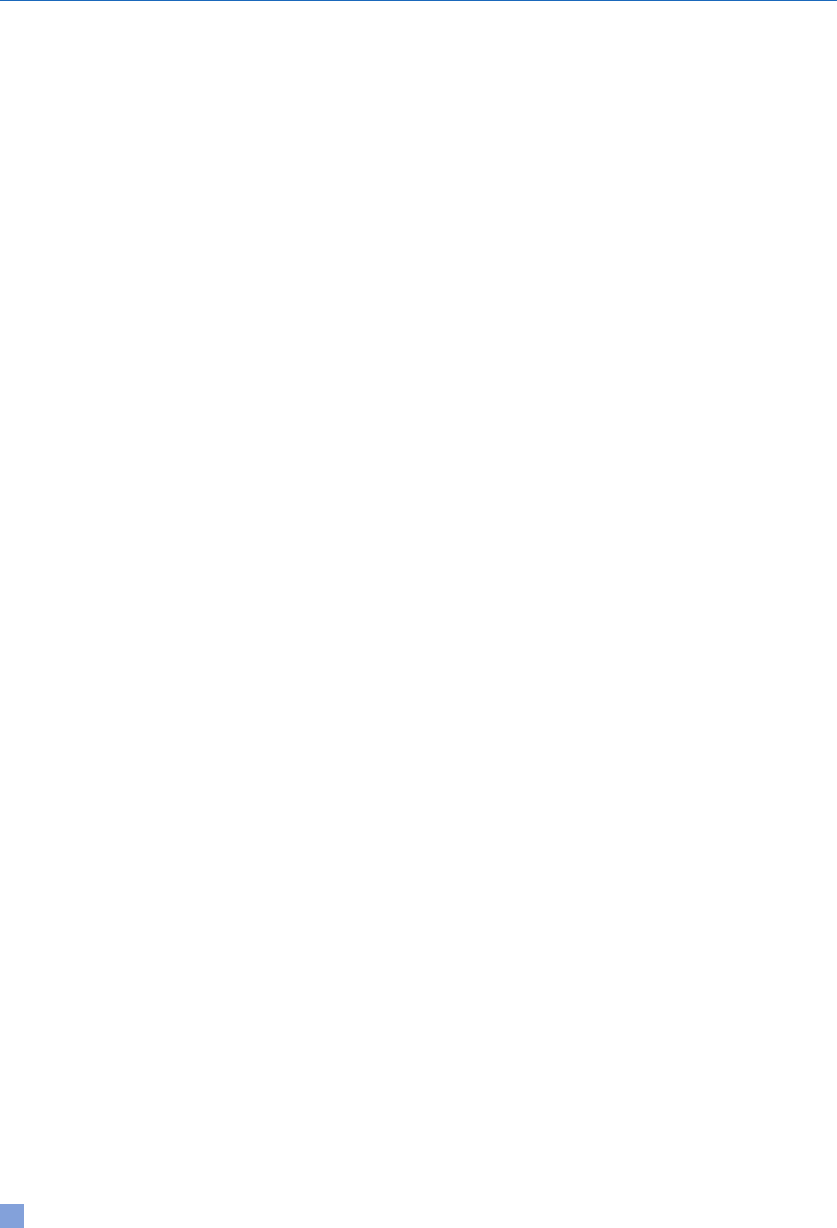
economic sanctions.According to South African law,
a foreign company could lose its right for not using
the trademark for five years. As a result, when
McDonald’s finally entered the market in 1995, a
local court ruled that the company did not have an
exclusive right to its various trademarks. In fact,
Dax Properties, which opened its own MacDonald’s
hamburger outlet there selling such things as Little
Mac, even tried to bar the real McDonald’s from
using the name.Under international pressure, South
Africa passed a new law in 1995 to conform to
international law and to offer protection to world-
recognized names.
Registration by itself does not offer automatic
or complete protection. Other legal requirements
must be met in order to maintain copyright. Use is
a universal requirement. In China, publication,
advertising, and exhibiting a product with the trade-
mark all constitute use. To establish use in most
countries, a manufacturer must sell or make that
product in the intended market.
The legal procedure to acquire and maintain a
trademark varies from country to country.Whereas
some countries recognize registration but not prior
use,other countries do exactly the opposite. In most
countries, a company can register a mark subject to
cancellation if that mark is not used or continued to
be used within a reasonable period of time. The
failure to register, even with actual prior use, may
force the company to forfeit its rights to another
person who registers the same mark later but before
anybody else.The first user can be held to ransom
in this way.
Going back as far as the 1870s, trademark rights
in the USA were based on the “no trade, no trade-
mark” premise. Until recently, the US Patent and
Trademark Office was practically alone in the world
in requiring a potential mark owner to put the
trademark into interstate or foreign commercial use
first before it could even be registered. The US
Trademark Act of 1946 (the Lanham Act) has
been updated, and several changes have been made.
One change involves intent-to-use trademark appli-
cations; the change permits companies to file an
application based on projected future use. Now a
declaration of a bona fide intent to use the mark in
commerce is sufficient. A trademark registration is
subsequently issued when the applicant files a state-
ment showing evidence of actual use of the mark in
commerce.To demonstrate use of the mark, speci-
mens in the form of containers, labels, tags, or dis-
plays associated with the goods must be filed.There
is no penalty for reserving names that are never
actually used. The second change is the construc-
tive-use provision. For goods or services specified
in the Principal Registration, an applicant receives
a nationwide priority effect as though the applicant
had used the mark throughout the nation as of
the filing date. The definition of “use of the mark”
has been changed to require that use be in the
ordinary course of trade, and token use is prohib-
ited. To reserve a mark, the intent-to-use applica-
tion becomes the sole avenue. Finally, the term of
federal registration has been reduced from twenty
to ten years to clear out trademarks no longer used.
Although a single use of mark may be adequate
to register the mark, a company must exploit the
mark commercially in good faith to prevent its
loss.
21
The rationale is to prevent a company from
abusing the law to its advantage when the owner has
no intention of using the trademark other than to
bar potential competitors with genuine interests
from using a competitive tool. An example is Snob
perfume, a name owned in France by Le Galion, a
French company, and in the USA by Jean Patou, an
American company. Le Galion was able to challenge
Patou’s rights successfully because Patou (1) sold
only eighty-nine bottles of Snob perfume in twenty-
one years, (2) never supported the product with
promotion, and (3) made only $100 in gross profit.
Thus Patou was suspected of registering the name
just to bar a potential competitor from entering the
market.
The quickest way to lose a trademark is by not
using it. Failure to use a registered trademark for
three years terminates all rights in China. In the case
of South Korea, nonuse after a period of one year is
grounds for cancellation of registrations. In Central
and South America, due to inflation,currency deval-
uations, and political uncertainty, a manufacturer
334
BRANDING AND PACKAGING STRATEGIES
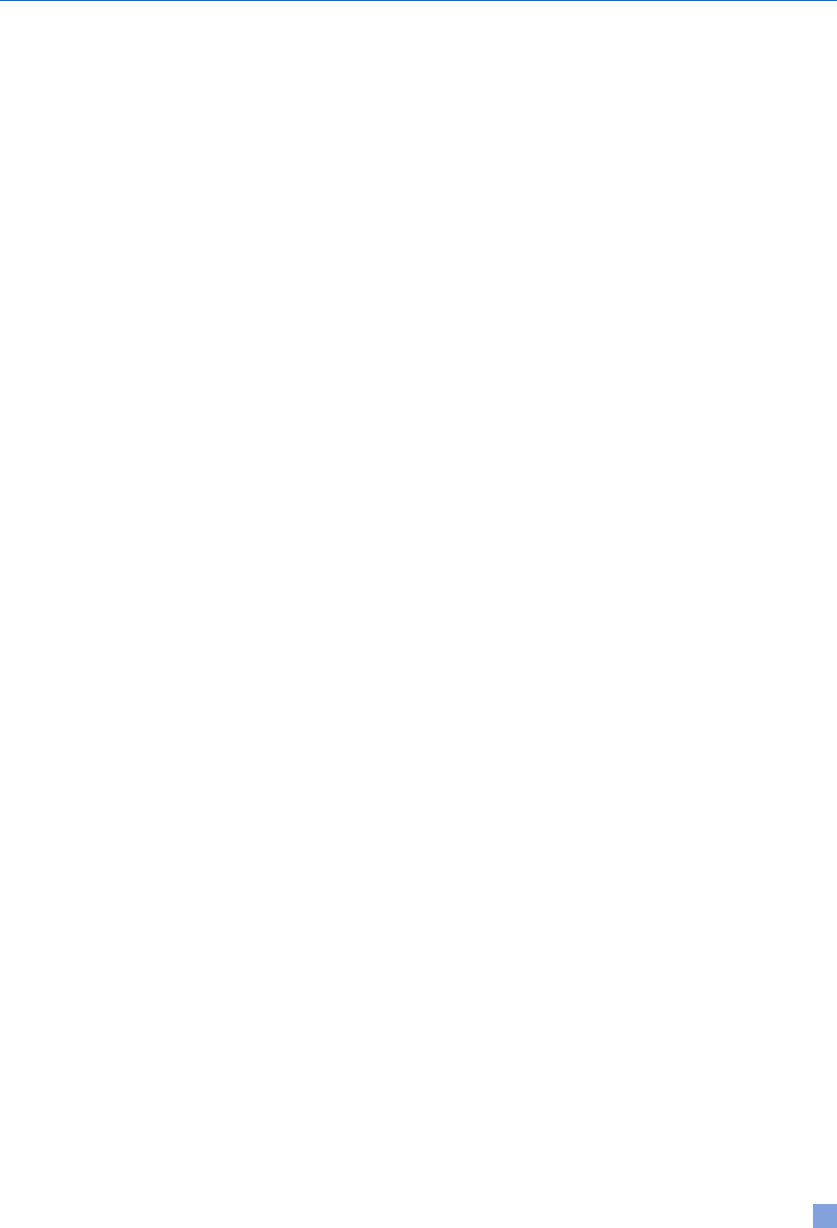
may find it difficult to maintain operations there.
However, the company risks losing its trademark
if it stops the business activities. It is thus wise to
consider some temporary licensing agreements
with local firms until the situation improves. By
doing so,brand awareness and trademark ownership
are sustained. This is exactly what some inter-
national firms did while being forced to retreat
from South Africa at the height of the anti-apartheid
movement.
Another caveat is to make sure that the brand
does not become so generic that it is identified with
the product itself. A loss of trademark can occur if
the name becomes part of the language; that is,
when members of the consuming public use the
brand name to denote the product or its common
function rather than the producer of the product.
Yo-Yo (a foreign trademark), Roquefort cheese, and
Champagne are proprietary names in France but
generic names in the USA. The reverse is true of
Ping-Pong, a US-registered trademark that is a
generic name in China for table tennis. In Japan,
there is no word for vulcanized rubber, and the
Goodyear name is used to identify this product.
Cyanamid has had to fight to keep Formica from
denoting all plastic laminate or laminated wood.
Bayer’s loss of the Aspirin trademark in the USA was
due partly to the anti-German sentiment during
World War II and partly to its failure to create a
generic word for the product, whose chemical name
is acetylsalicylic acid. Bayer would have been on
more solid legal ground if it had established a
generic term for household use (e.g., headache
tablet or pain relief tablet).
To avoid this problem of a brand name becom-
ing a generic name, a firm must never use the brand
name in a generic sense (i.e., using it as a verb
or adjective to denote the product). Promotional
materials should reflect the proper usage, and the
public should be informed accordingly. Willy
Motors always emphasizes that Jeep is a trademark
and uses an advertisement to inform consumers
not to use Jeep as an adjective (e.g., jeeplike, jeepy,
or jeep-type), a verb (e.g., jeep around or go
jeeping), a plural (e.g., jeeps), or a generic without
the capital J. In the Philippines, however, Jeep has
become a generic name, and people there use pri-
vately owned small buses known as jeepnies for
transportation. Jeep is now a registered trademark
of DaimlerChrysler.
It is not legally sound to combine trademarks. It
may seem unlikely that Honda will have trouble
with its Honda Accord and Honda Civic marks, but
the fact remains that the second mark (Accord,
Civic) is in jeopardy through inference that it is the
product’s generic name.The public may thus assume
that manufacturers other than Honda also make
Accord and civic cars.
Tabasco provides a good illustration of the
various legal issues that have been discussed. Unlike
Worcestershire sauce and soy sauce, Tabasco is a
properly registered trademark. It is the name of a
river and a state of southern Mexico. One may ques-
tion how a geographic name could ever have been
accepted for registration, since the name is not dis-
tinctive. The answer is that the name was capable
of being distinctive and did become so because it
has been used continuously and exclusively by the
manufacturer for a long time. Thus, the name has
become associated with this particular company.
Furthermore,Tabasco is the official botanical name
of the hot red peppers, but those peppers were actu-
ally named for the sauce (i.e., product) and not the
other way around.Tabasco is aware that consumers
might use the brand to denote the product (i.e., hot
sauce) rather than the marker of the product. It has
thus hired two legal firms to police the world for
any misappropriation of the trademark. Its vigorous
enforcement enabled it to defeat B.F.Trappey Sons’
legal bid for the right to use the word.
To hold the legal rights to a registered trademark
is one thing, but to prevent others from illegally
using it through counterfeiting is another matter
altogether. In fact, counterfeiters, though acknow-
ledging the illegality of the activity, may see nothing
morally wrong with the activity. In China, the basic
cultural values relevant to counterfeiting are neutral
– it is not a violation to copy someone’s ideas. Great
artists’ works, for example, are copied as a sign
of respect.
1111
2
3
4
5
6
7
8
9
10111
1
2
3
4
5
6
7
8
9
20111
1
2
3
4
5
6
7
8
9
30
1
2
3
4
5
6
7
8
9
40
41
42
43
44
45111
335
BRANDING AND PACKAGING STRATEGIES
